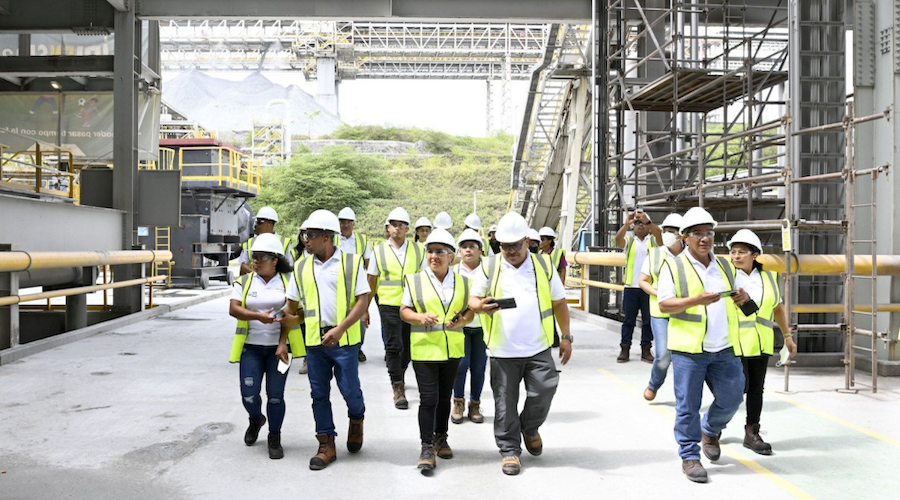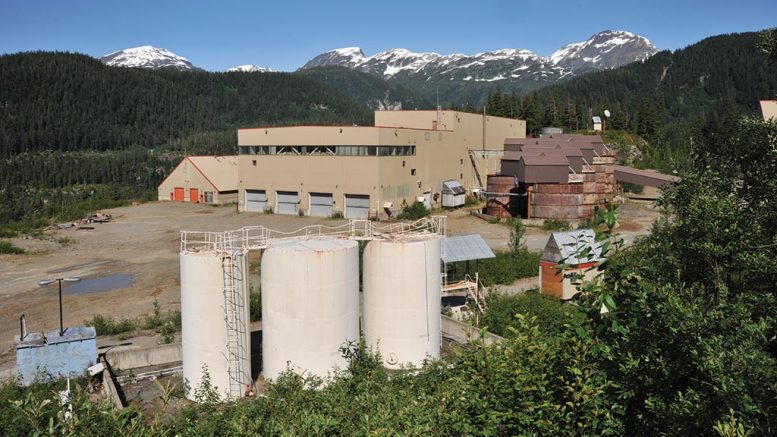Visualizing the journey of a mining entrepreneur

Visualizing the journey of a mining entrepreneur
Mining may be an industry nearly as old as humankind itself, but the process of how a patch of ground becomes a mine is no different from the modern start-up.
It takes someone with vision, knowledge, capital, and especially social skills to navigate the hurdles and pitfalls in order to move their project forward and become a true mining entrepreneur.
This infographic sponsored by Cartier Resources takes a look at the journey of a mining entrepreneur, from inspiration to market success.
1. Inspiration: Seeing Value Where Others Do Not
This is where all great businesses start…a great idea! There are several ways to find inspiration in mining and mineral exploration, such as:
- An old mine that was closed because of low prices
- A geological trend that could continue onto a new property
- A unique geochemical pattern that could hint at more below
- An old property with a new geological insight
Real World Example: Uranium in Moose Pasture
Mine engineer and prospector Arthur Stollery had staked 83 claims in the Elliot Lake camp of Ontario. He sold his claims to Stephen Roman for $30,000 and 500,000 shares of Consolidated Denison, now known just as Denison Mines.
Those claims contained the largest uranium deposit in the world at that time and turned Stephen Roman and Denison into a major mining powerhouse.
2. Learning: Prospecting and Target Generation
At this stage, a mining entrepreneur needs to start building the case on how to test their idea. This starts with a theory about the location of new mineral deposits and will need to find a place to start exploring.
In order to start, the explorer first needs to find clues to support the theory. This is done through several techniques:
- Metal detection
- Prospecting with hand tools
- Electromagnetic prospecting
- Geochemical prospecting
All data collected through these processes is typically mapped and will help determine the location of where to drill.
Real World Example: Chile’s Copper Deposits
David Lowell, the world’s greatest mine finder, came up with a model to find low-grade copper porphyry deposits. He would go on to uncover some of the world’s largest copper mines such as the Escondida deposit in Chile.
3. Start-up: Proving the Value with Drilling
Drilling is one of the most important stages, and it can also be one of the most expensive. It is drilling that locates and defines economic mineralization. It is the ultimate test for all ideas, theories, and predictions.
There are three types of drilling:
- Auger drilling
- Rotary percussion drilling
- Diamond drilling
Drilling pulls up samples of the earth below and hopefully contains the valuable metals in enough quantities to make an economic deposit. However, it can be hit or miss and requires expert judgement as to whether there is further potential.
Real World Example: Falconbridge Nickel Mine
The original owner of the Falconbridge claims was the Thomas Edison of lightbulb fame, who gave up his hunt for nickel when his exploration drilling encountered quicksand. Thayer Lindsay bought claims, did further drilling and developed the company’s first nickel mine which helped build the city of Sudbury, Ontario.
4. Scale-up: Building Relationships
Now, if you have drill results that prove there is an economic ore body, you have to start building relationships to finance further studies.
- Engineering
- Cost estimates
- Operating costs
- Reserve calculations
Real World Example: Iron in the Far North
Jules Timmins purchased the mineral rights to the Ungava region in northern Quebec in 1941. He confirmed the size of an iron resource and a company. The iron ore was high quality and near the surface, allowing for low cost open pit mining but the infrastructure and financing challenges were large. Timmins raised the capital to build a 560-kilometer railroad, a shipping terminal, and the iron ore mine at a cost of nearly $300 million.
5. Champion: Going to the Market
If a mining entrepreneur has discovered something of value, it is time to go to market to sell or to raise money to build a mine. The entrepreneur has to champion the work in order to sell the property or develop the mineral property to bring his discovery to the next stage.
Real World Example: From Prospect to Asset in the Yukon
Shaun Ryan, a successful prospector and mining entrepreneur, began staking claims and then optioning the district to several explorers.
One of his claims became the Coffee deposit, developed by Kaminak Gold before Goldcorp bought it. Another claim, the White Gold property, went to Underworld Resources, which was bought in 2010 by Kinross for $139 million.
End of the Road or Beginning of the End?
If a mining entrepreneur has made it this far, he or she can count themselves lucky, as few make it this far.
But for those that do not, the mineral exploration process is a learning process and the knowledge acquired could be the next inspiration or opportunity for another mining entrepreneur.
(This article first appeared in the Visual Capitalist)
More News
{{ commodity.name }}
{{ post.title }}
{{ post.date }}




Comments